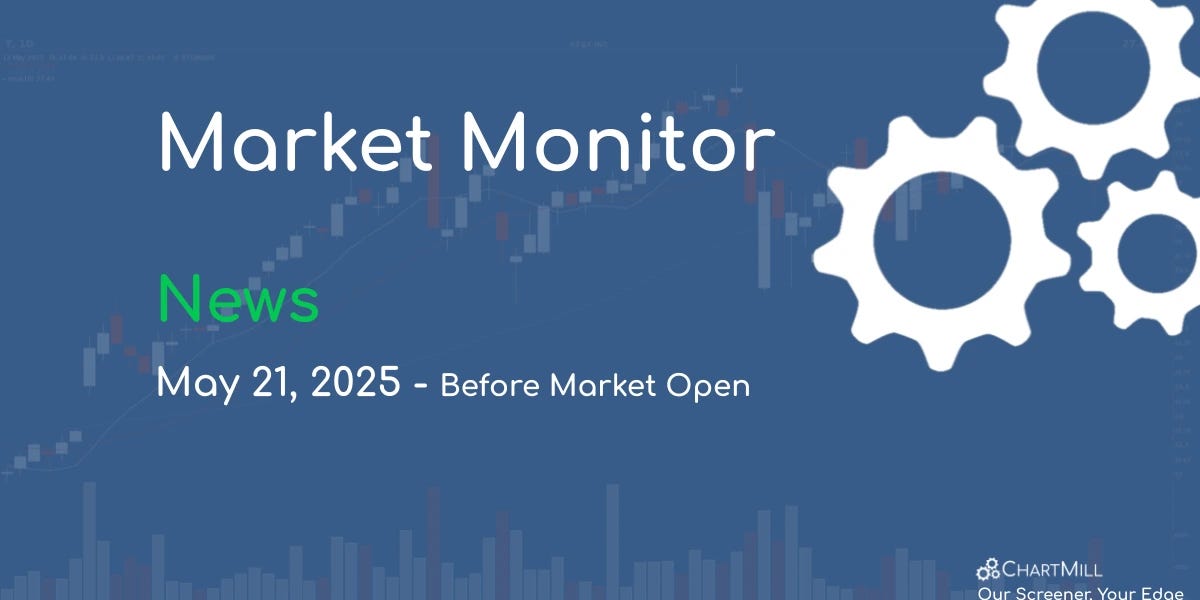Hinge Health IPO: Can Pain Relief Pay Off? | TalkMarkets

Image courtesy of 123rf.com
So far in May, 20 initial public offerings (IPOs) have launched, nearly equal to March, but lower than IPO launches in January and February. Overall, there have been 127 IPOs this year, indicating that 2025 may surpass all the years following 2021’s extraordinary figure of 1035 IPOs.
That figure is still exceedingly unlikely to repeat as the Federal Reserve maintains elevated interest rates to avoid the possibility of stagflation. Nonetheless, when the popular copy trading platform eToro went public last week on Nasdaq, at a $5.64 billion valuation, it signals that the market is on the way to recovery.
Last week, Hinge Health also applied to go public on NYSE under ticker “HNGE”, with an expected price range of $28 – $32 per share. The question is, should investors partake in this IPO?
On Tuesday, the Trump admin further detailed its prior proposal to negotiate drug prices, down to the lowest level offered in peer nations. Although this will affect pharmaceutical manufacturers, Hinge Health is outside of this domain.
Rather, Hinge Health should be understood as a tech-health company, focusing on musculoskeletal (MSK) care via virtual means and aided by AI. Specifically, in collaboration with physical therapists, the company facilitates in-home exercise plans for physical therapy.
In addition to physical therapists providing feedback via video calls or text, Hinge Health is integrating AI to track body motion for real-time feedback. To complement physical therapy service, the company also developed wearable device Enso, already FDA-cleared for musculoskeletal pain.
In short, Hinge Health’s business model is highly scalable owing to virtual nature and AI, with Enso devices adding personalized pain relief via app. This model doesn’t rely on drugs and its side effects that may be discovered down the line, making for a safe inclusion in health plans. With over million members through employer/health plan coverage, the company generates revenue from annual subscriptions to employers and insurers.
The main demand for Hinge Health services comes from the inevitability of aging. According to NIH, musculoskeletal (MSK) conditions will affect over 2 billion people by 20250. Additionally, such pain relief is suited for post-acute injuries and post-surgical rehabilitation. To scale up to this demand level, AI integration will be critical.
Outside of content generation, AI has advanced the most precisely in this motion capture arena, from video game development to health care. Therefore, one should expect to see even greater virtual feedback for MSK relief, all in the convenience in one’s home.
Hinge Health was founded in San Francisco by Gabriel Mecklenburg and Daniel Perez in 2014. The company achieved $123.8 million revenue in Q1 2025, a growth of 50% year-over-year. This quarter, Hinge Health also entered the profitability zone, at $17 million net income vs $26 million net loss in the year-ago quarter.
Hinge Health is aiming for a $2.6 billion valuation, a major reduction from its 2021 goal of $6.2 billion. However, this only reflects the fact that the era of cheap money is over, courtesy of the Fed.
The aforementioned stock (“HNGE”) price range of $28 – 32 covers 13,666,000 million shares. To reach that goal, the San Francisco based health-tech startup would have to raise over $437 million. For the IPO, the company called the services of three major banks as lead managers – Morgan Stanlye, Barclays and BofA Securities.
To incentivize investors in its initial series of presentations (“roadshow”), 5.1 million shares are being sold by existing shareholders (“selling stockholders”). The company itself has $8.5 million shares to sell. If there is high enough demand, selling stockholders may grant the aforementioned banking underwriters to buy up to 2 million extra shares, within 30 days.
The estimated Hinge Health IPO date, under NYSE symbol ticker HNGE, is right around the corner, on May 22, 2025.
More By This Author:
Home Depot Reports Mixed Results For Q1 FY’25
These 2 Stocks Are Built For A “Higher-For-Longer” Rates Regime
JPM Expects NII Outperformance To Continue Despite Macro Worries
Disclaimer: The author does not hold or have a position in any securities discussed in the article. All stock prices were quoted at the time of writing.














